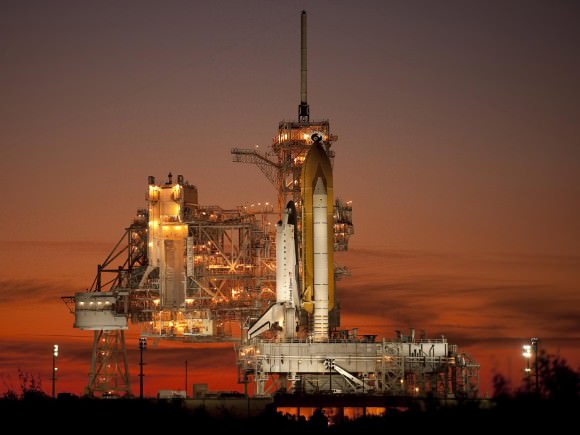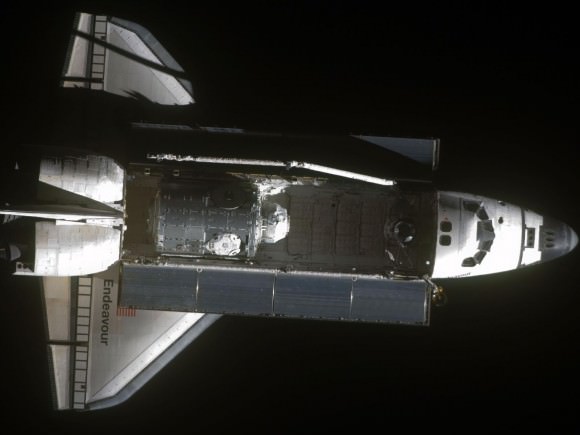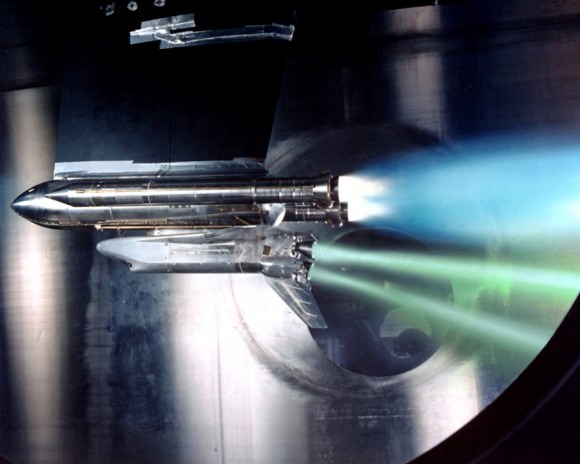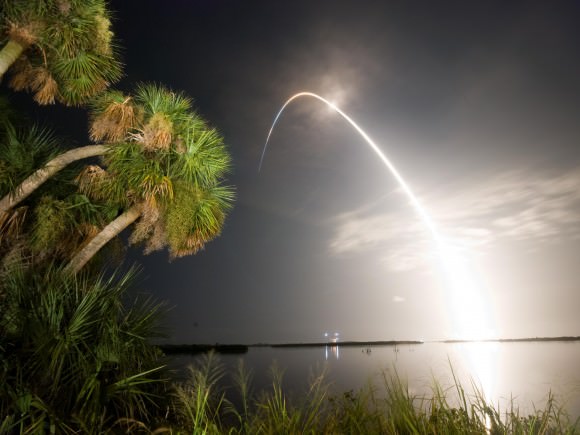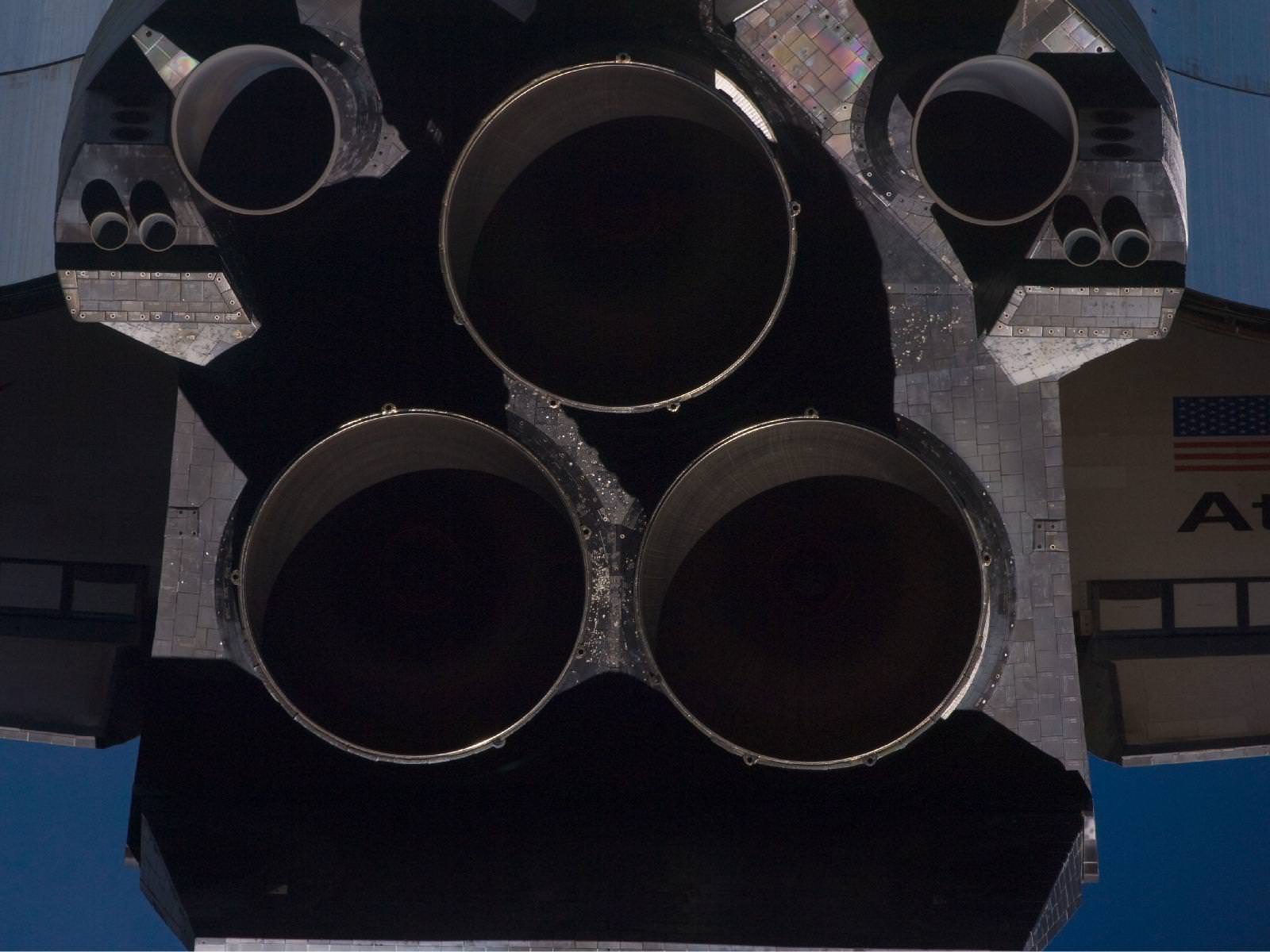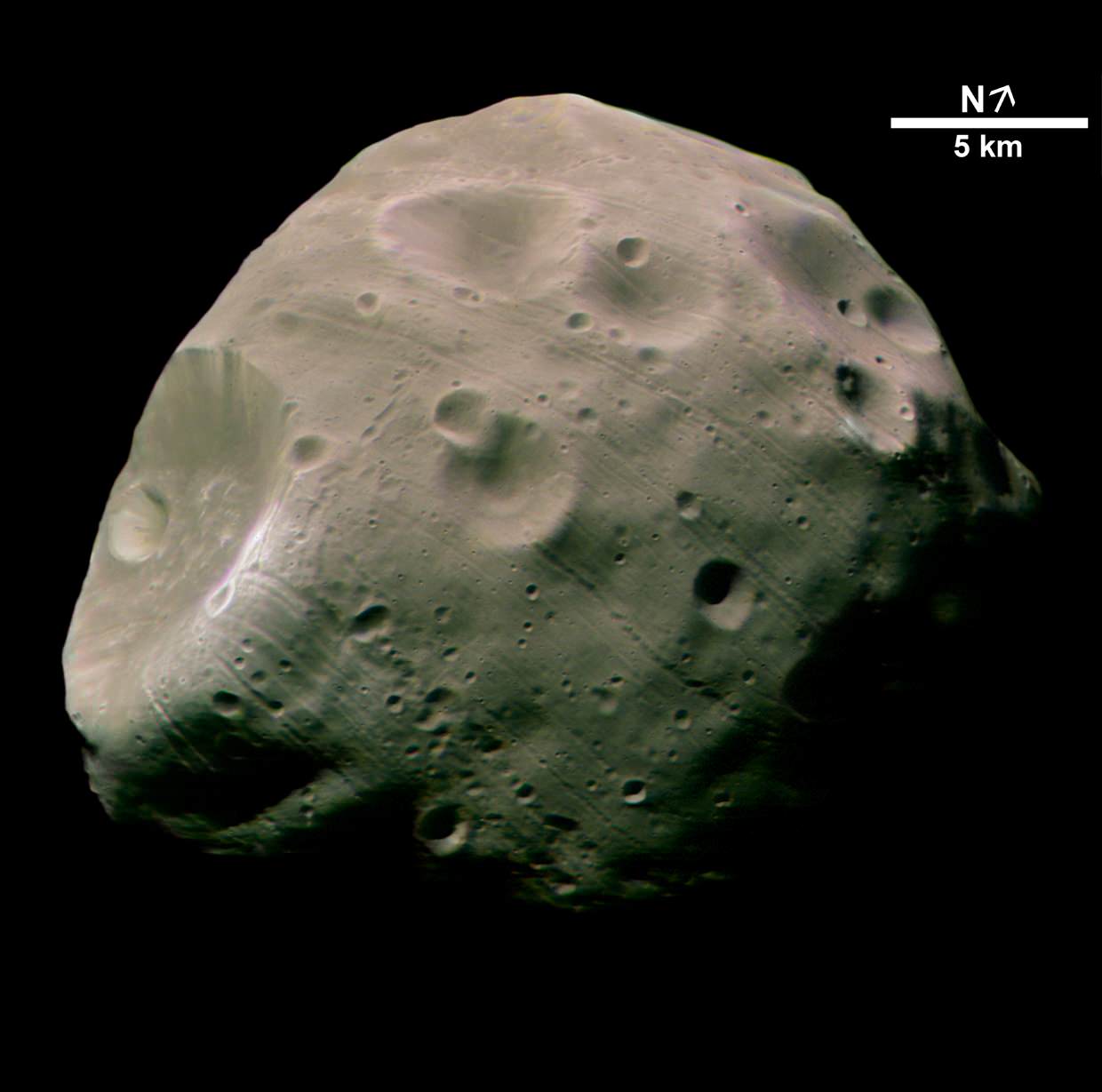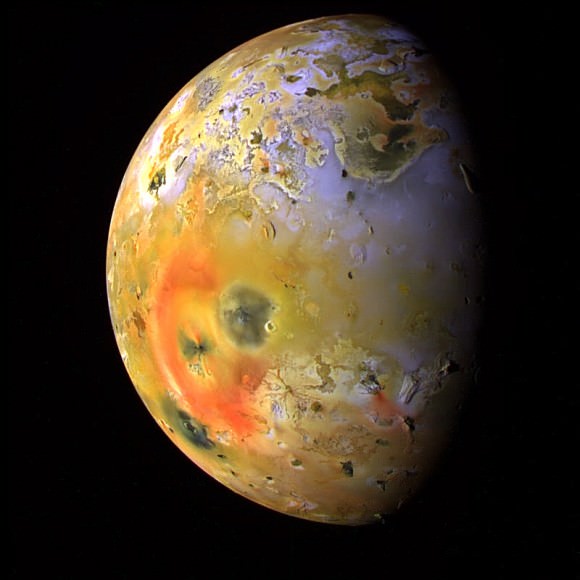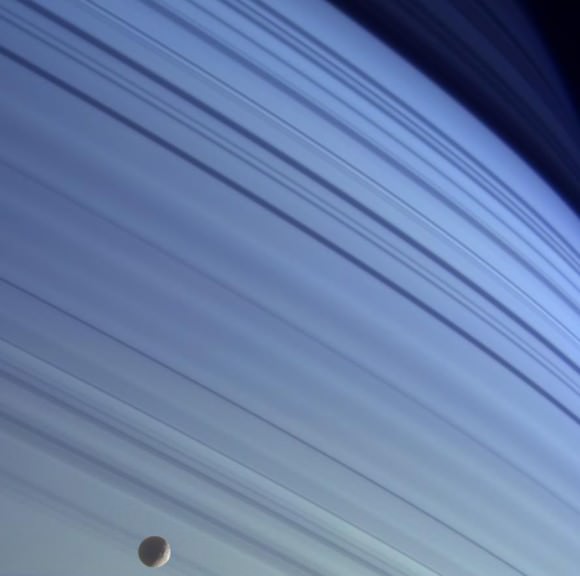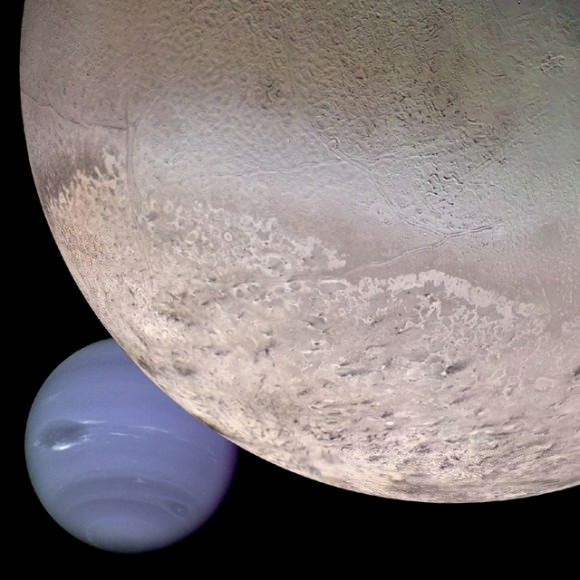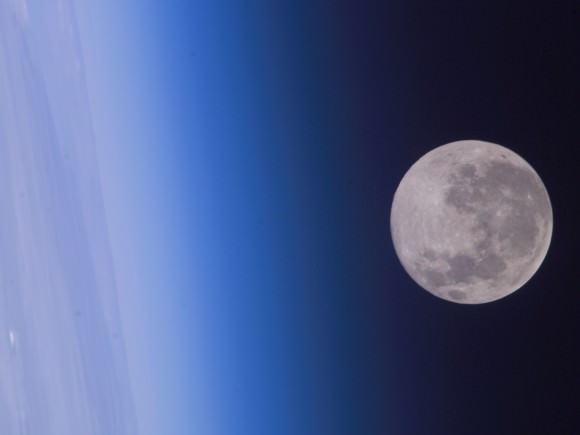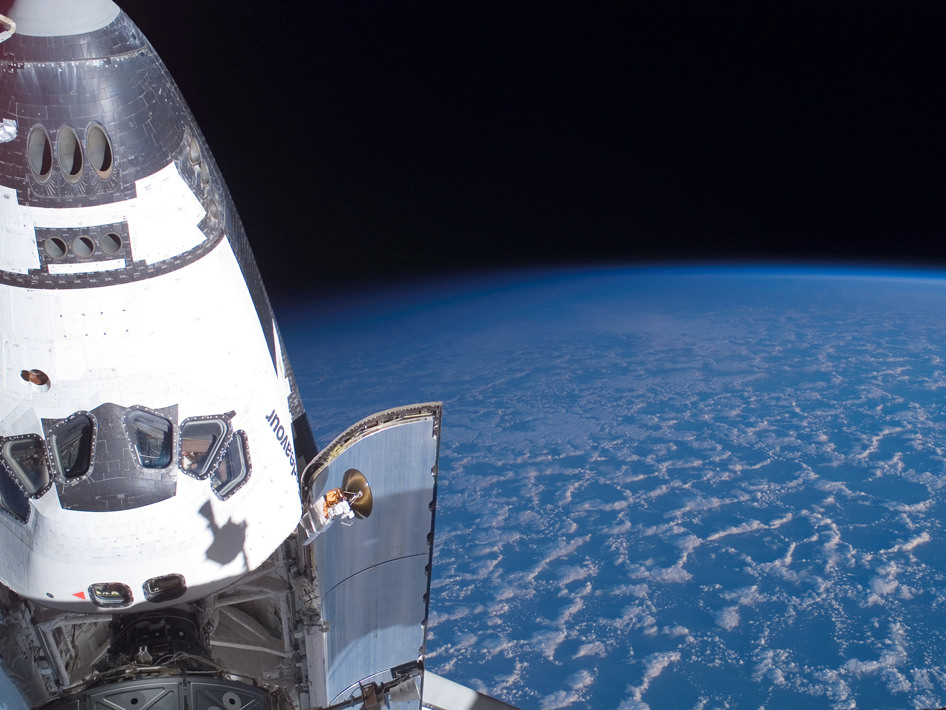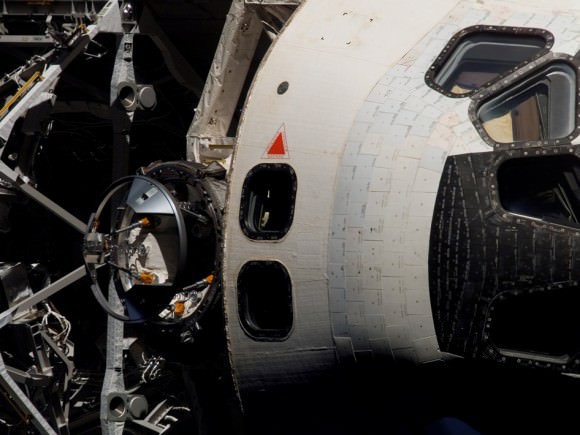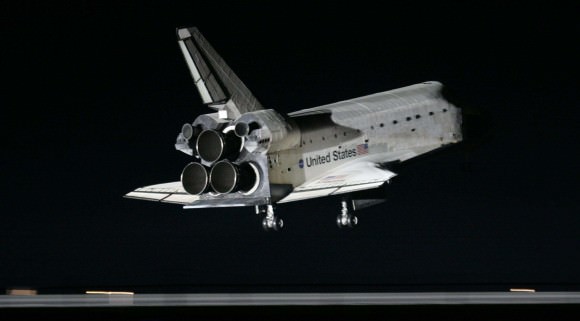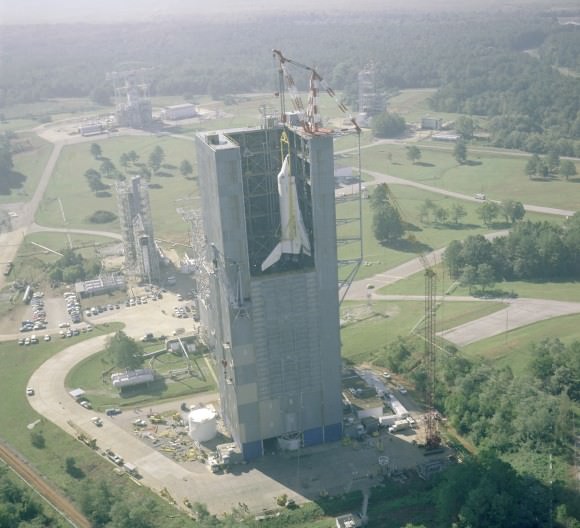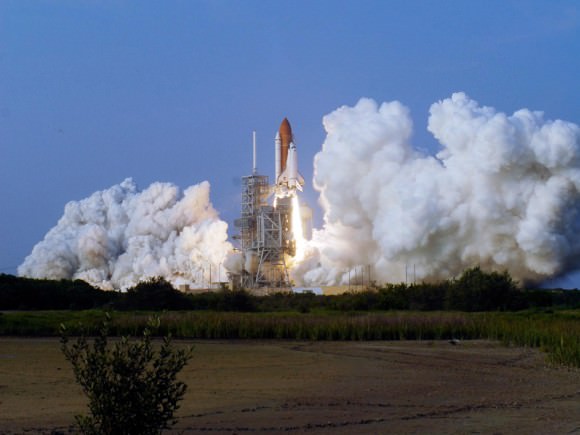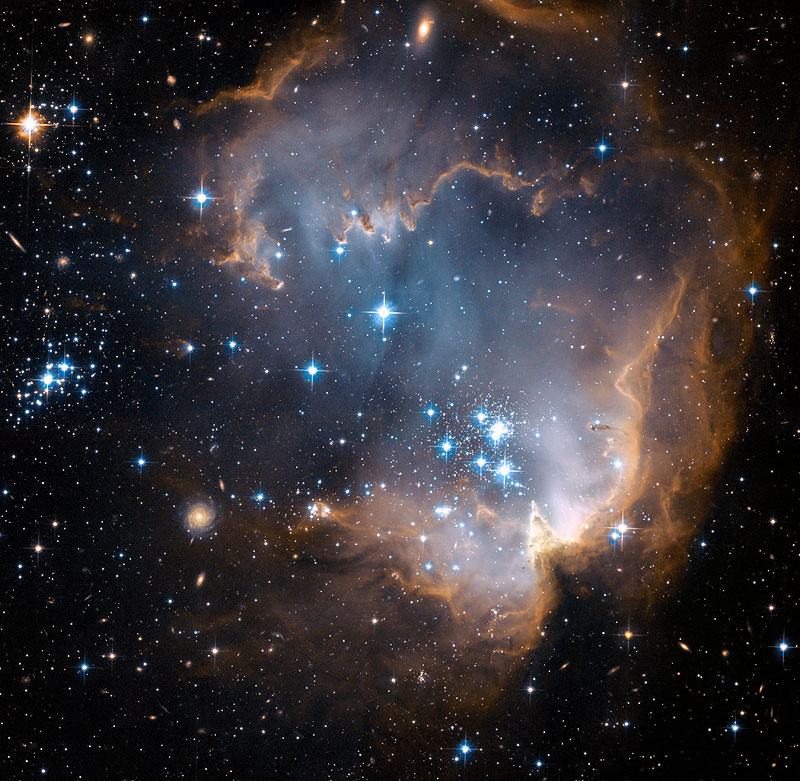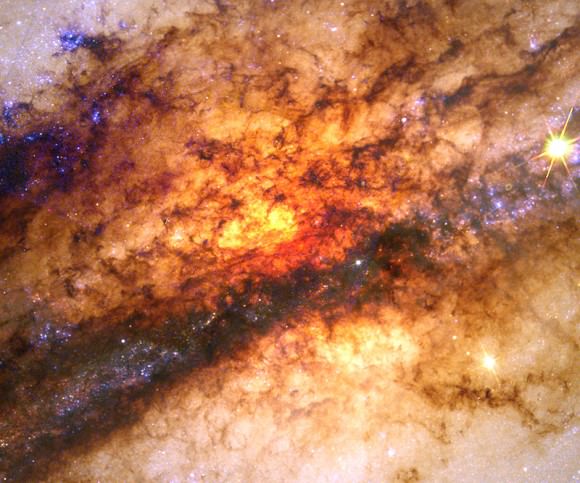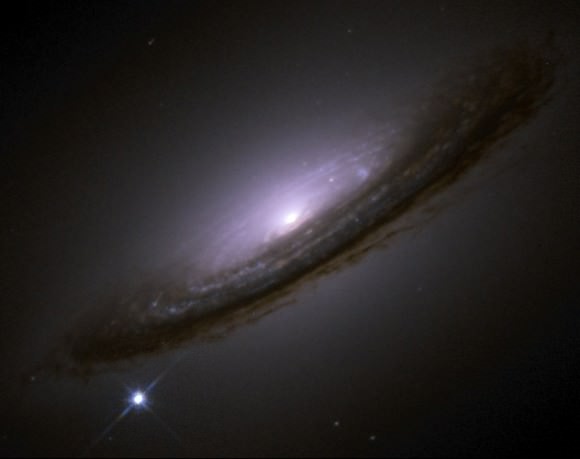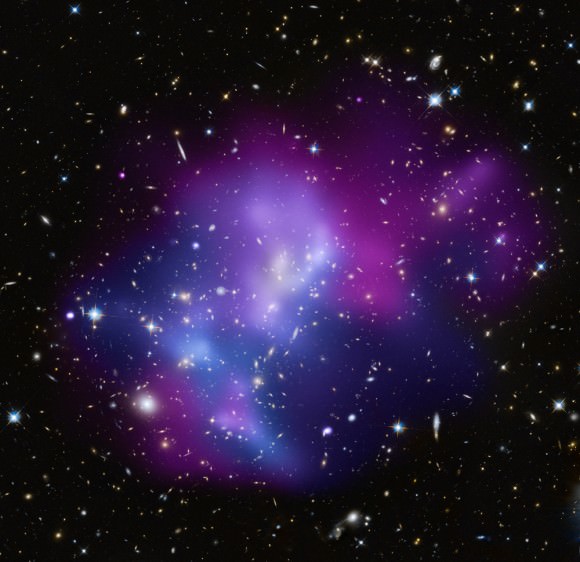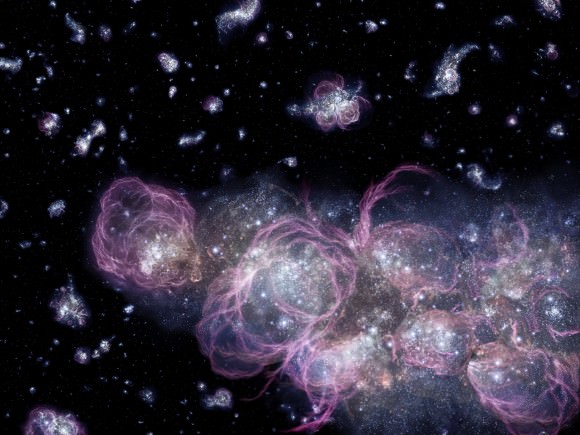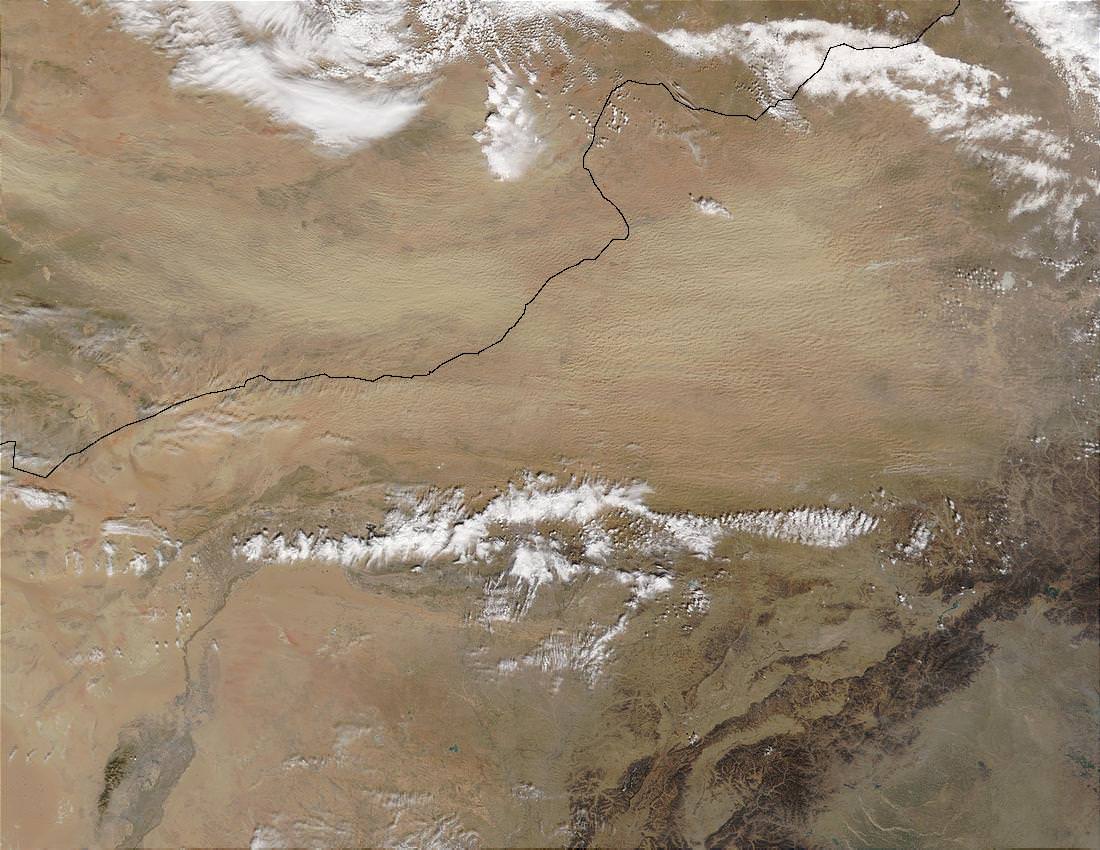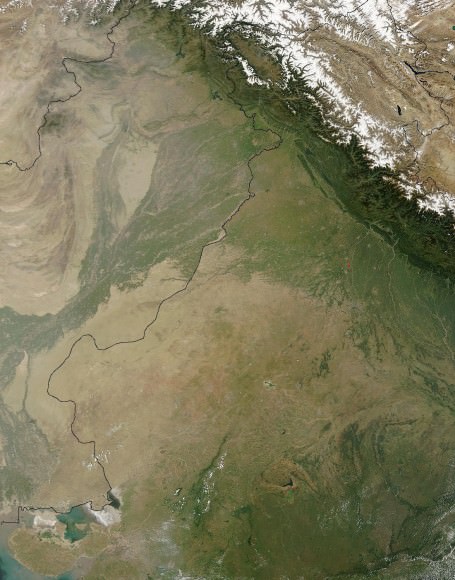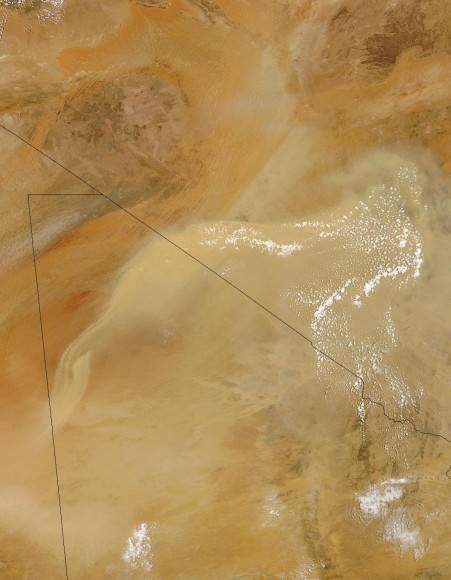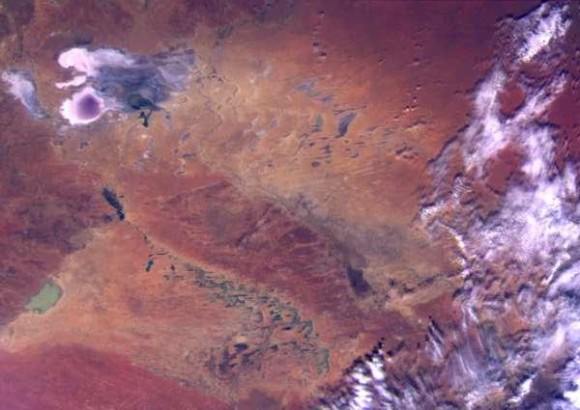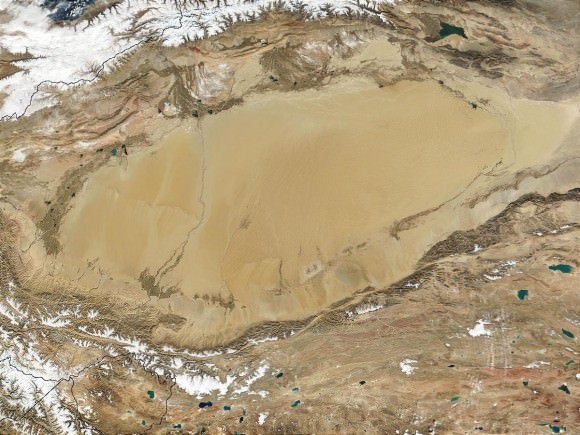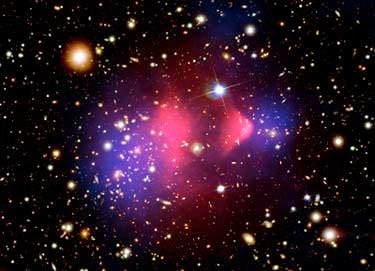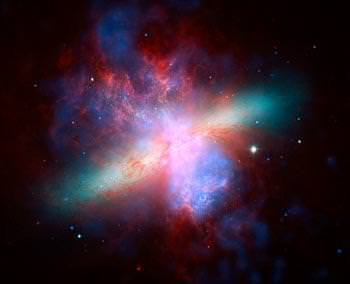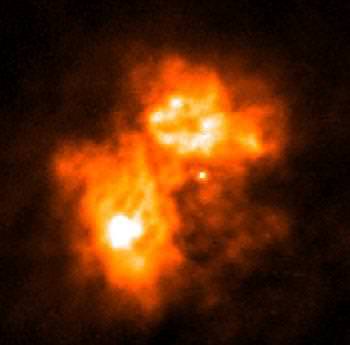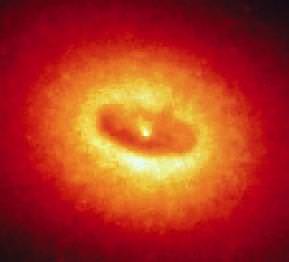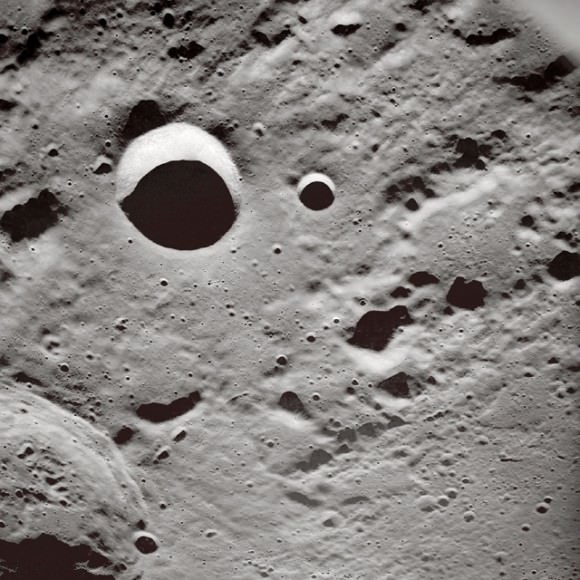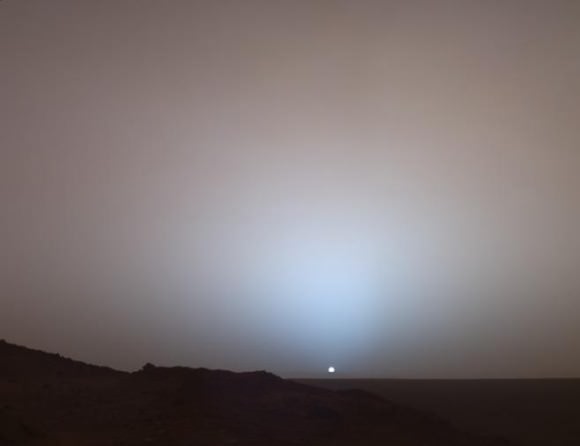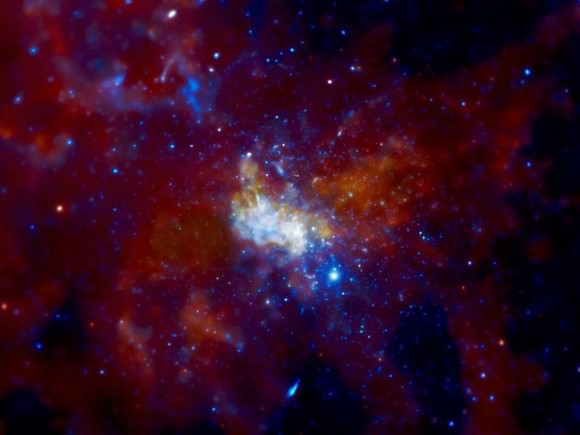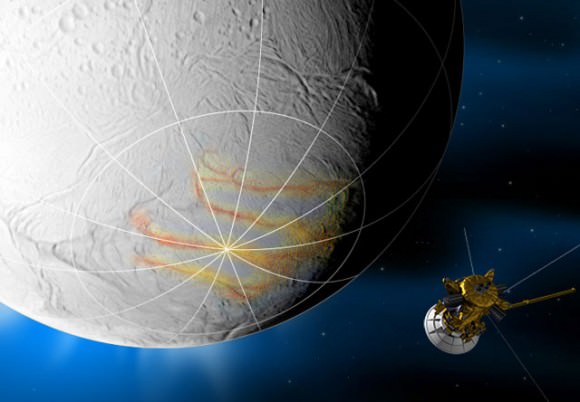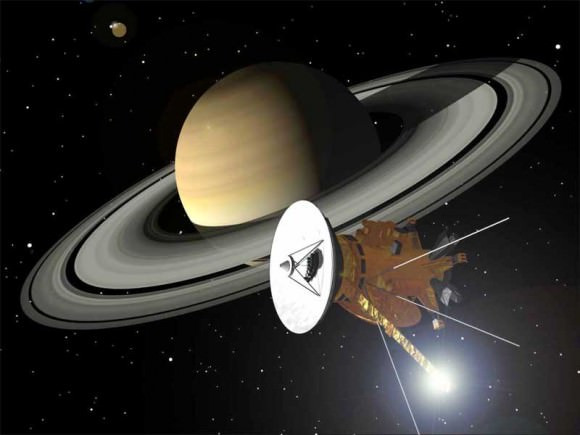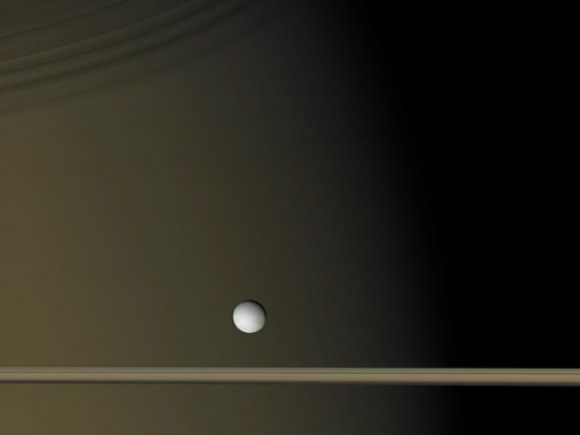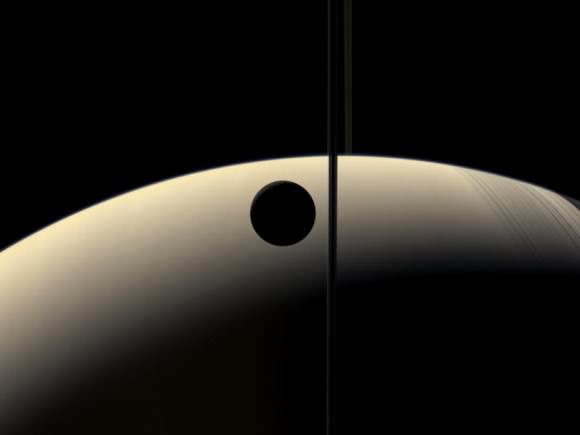[/caption]
The rumors were true, Constellation is cancelled. No Ares 1 crew vehicle, no Ares V heavy lifter, no Altair lander. No bases on the Moon, and no human exploration of Mars. NASA is canceling the human return to the Moon.
Good.
Obviously I’m a huge fan of human space exploration. I’ve dedicated my life to it. I’ve raised my children in the certainty that they’re going to be the first humans to set foot on the surface of Mars, and I mourn the end of the Apollo program. Where’s my flying car? But I’ve also felt deeply unsettled about the Constellation program. Maybe it was the best way to reach the Moon 40 years ago, but things are different now.
As some of you know, my background is in software, where the competition is fierce. And half of this is a mental game; you win the information war in the minds of customers through FUD – Fear, Uncertainty and Doubt. Make your nervous customers wait, and hope that your next great solution is going to solve all their problems. Although we’re talking space exploration here, I see a parallel. Why work our tails off to go to the Moon or Mars if NASA is going to just make it happen for us?
Well they aren’t, and I’d argue that they never were. It was just a matter of time before the political parties changed, budgets tightened, and priorities shifted. It was inevitable that this would happen, and if it didn’t happen this time around, it would happen with the next shift in government. No long term goal could ever survive. And time spent waiting for NASA to make it happen was wasted time.
As the guy watching stats at Universe Today (2 million readers in January, 2009), I can guarantee that interest in space and astronomy is continuing to rise. The demand and interest is there, and thanks to the Internet, thousands of flowers are blooming as space advocacy groups are coming together to get things done – like the Mars Society, and the Planetary Society. Private companies are making human space tourism a reality, with Virgin Galactic, Space Adventures, and Bigelow Aerospace. There are privately funded prizes available for the completion of technical accomplishments, like the Google Lunar X Prize.
But with NASA handling that “back to the Moon” thing, space advocates probably thought they could relax a little.
I think that NASA has an enormous role to play in human space exploration. They have the ability to solve problems that private enterprise just doesn’t have the funds for. Sure, NASA put a man on the Moon, but it’s the trickle down technologies that we appreciate every day. Like velcro! NASA needs create the tools and technology that will enable a vibrant and healthy private space industry.
What’s the best way to extract fuel from an asteroid? How can ion engines cut down flight times? Is there a better way to make a spacesuit? What are some good materials for space elevators? What are some safer rocket fuels? How can we make rocket launches better for the environment? Is there a way to make velcro better?
They can do this through pure research, competitions, university grants, prizes, and private/government partnerships. They can team up with other governments to cut costs on the really big challenges.
And you know what’s strange? They already do this with science. NASA listens to scientists to hear their greatest challenges. “We need to see through gas and dust to see star formation and protoplanetary disks” – here’s Spitzer. “We need to see high energy regions around supermassive black holes” – that’s Fermi. “We need to know if there’s evidence of water on the surface of Mars” – that’s Spirit and Opportunity. NASA does this so well with science? Why don’t they answer questions and solve problems in the same way for space exploration? There are so many questions, and NASA can help point us in the right directions.
NASA can help me build my flying car, but I still want to choose the destination.
Don’t worry, the Moon is still there, and Mars isn’t going anywhere. And my daughter is still going to be first person to squish the sands of Mars between her toes (thanks to remote toe-sensing technology developed by NASA).
Here’s an article about the 1st man on the Moon.
